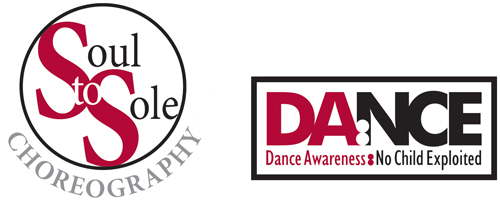When I awoke, I smelled smoke and heard odd noises—trucks and yelling. I opened the front door and went outside to see a woman on the phone talking frantically. A fireman told me to move my car down the street if I wanted to leave for work. The house across the street was on fire.
I peered forward, blinking a few times to see if my eyes were playing tricks. The white front door had side windows with blue shutters; it was a welcoming entrance, but there were no other walls to support it. There was nothing left behind the front facade except flames shooting through the charred remains. I watched for a while and wondered why the front wall didn’t tip forward and crash.
Then, the fireman hooked up a long hose to the fire hydrant in front of our house. Within minutes, the water began to tame the flames. In the 30-plus years Rich and I had lived in our house, we had never seen that hydrant used. Yet, the right tool at the right time stopped the fire and rescued the land surrounding the neighbor’s house. It also rescued our house.
The right tools make a world of difference. That’s true for firefighters, mechanics, physicians, and dancers. Certainly, powerful tools coupled with wisdom from Jesus have the potential to engage transcendent purposes. And the art of dance, if it is effective, does the same thing. When movement engages the right tools to interact with the heart of Jesus, dance communicates faith in unexpected ways.
“The arts can be extremely powerful. They can awaken us to truth and can change lives.” Heart of the Artist by Rory Noland. Copyright 1999 by Zondervan
BACKPACK OF CHOREOGRAPHY TOOLS
Once we understand that dance is a powerful sensory language that moves beyond the intellectual mechanisms that prevent people from listening to God, it is important to study the craft of choreography so that we can access this non-verbal language. Choreography is a learned skill.
Beyond on-going enrichment to develop choreography skill, there are eight essential tools to craft movement for prayer-in-motion (PIM) dance ministry. These eight items are what I call the “backpack of tools” to communicate the gospel through dance. An understanding of these skills will equip dancers/choreographers to prepare motion for PIM that “speaks.” These tools are:
1. Ongoing, in-depth study of the Scripture to know God, listen to God, and love God and others.
2. Dependence on the Holy Spirit leading the rehearsal and choreography process.
3. Locomotor movement and non-locomotor movement.
4. Movement qualities: percussive, sustained, pendular, collapse, suspend, vibratory, silence.
5. Dance elements: time, space, force, and body.
6. Conceptual technical phrases.
7. Conceptual improvisation: genesis.
8. Observation of participant movement base.
Men and women of faith, let’s work on choreography skill; let’s engage the right backpack of tools, and let’s design dances that choreograph visual faith.
Please, no fires with charred remains.

Greetings to you Mary
Thanks for this insight.
The PIM comes more and more spontanous as we spend time with God.
Thanks have a great day!
Thanks Raynita! Yes, I believe in spontaneous prayer in motion to God, and I do think that it comes naturally as we spend time with God; I love it! However, some churches don’t allow this kind of dance worship in their churches. It all depends on the pastoral staff. Although I believe in spontaneous worship as God leads it at home and allows it in Christian dance ministry, most of my book presents a method of choreography that develops a planned, rehearsed dance through planned, rehearsed choreography! Of course, both methods of choreography are valid when they are led by the Spirit:)